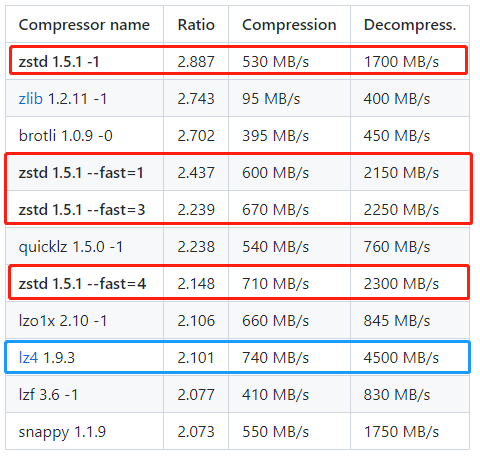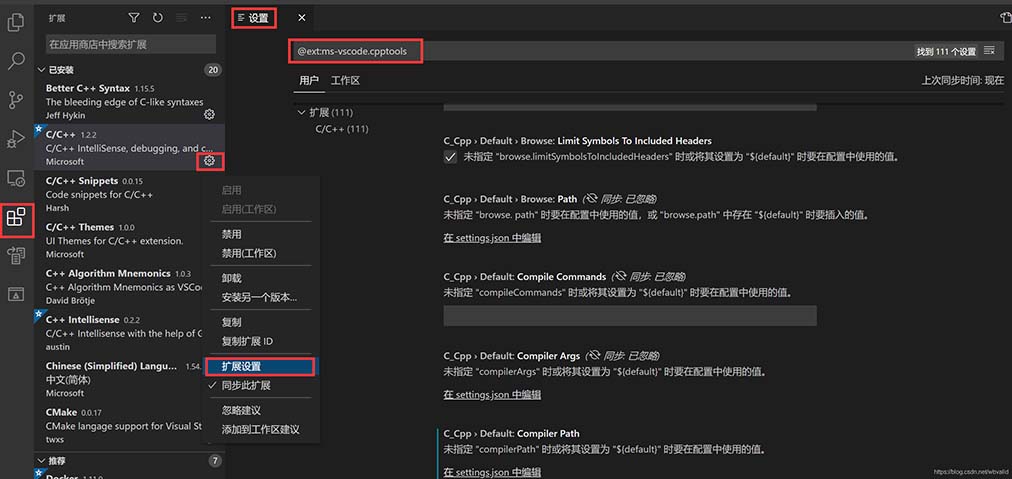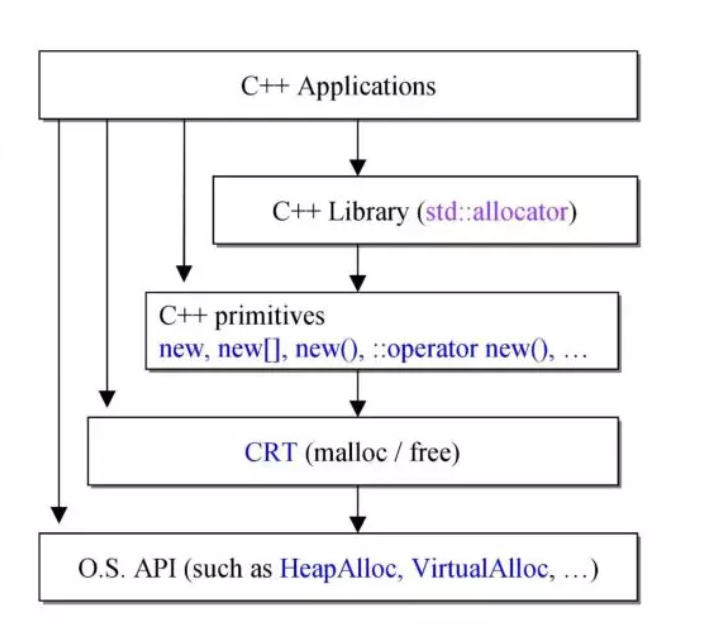本文主要介绍了C++实现一个简单的线程池的示例代码,文中通过示例代码介绍的非常详细,对大家的学习或者工作具有一定的参考学习价值,需要的朋友们下面随着小编来一起学习学习吧
一、设计
线程池应该包括
- 保存线程的容器,保存任务的容器。
- 为了能保证避免线程对任务的竞态获取,需要对任务队列进行加锁。
- 为了使得工作线程感知任务的到来,需要使用条件变量来唤醒工作线程。
- 任务容器中的任务管理。
- 任务的处理API。
二、参数选择
使用数组存放线程,链表存放任务。

三、类设计
线程池类
template<typename T>
class threadpool
{
public:
threadpool(int thread_num,int max_request);
~threadpool();
bool append(T* request); // 在任务队列中添加任务
private:
static void worker(void* arg);
void run();
private:
int m_thread_num; // 线程池中的线程数
int m_max_request; // 任务队列最大保存的任务数
pthread_t *m_threads; // 保存线程的容器
std::list<T*>m_queuework; // 保存任务的链表
sem m_sem; // 通知工作线程任务到来
lock m_locker; // 互斥访问任务队列
};
构造函数
template<typename T>
threadpool<T>::threadpool(int thread_num,int max_request):m_thread_num(thread_num),m_max_request(max_request)
{
if(thread_num <=0 || max_request <= 0) throw std::exception();
m_threads = new pthread_t[thread_num];
if(!m_threads) throw std::exception();
for(int i = 0;i < thread_num;++i)
{
// 创建线程
if(pthread_create(m_threads + i, NULL,worker,this)!=0)
{
delete[] m_threads;
throw std::exception();
}
// 分离线程
if(pthread_detach(m_threads[i]))
{
delete[] m_threads;
throw std::exception();
}
}
}
析构函数
template<typename T>
threadpool<T>::~threadpool()
{
delete[] m_trheads;
}
添加任务函数
template<typename T>
bool threadpool<T>::append(T* request)
{
m_locker.lock();
if(m_queuework.size() > m_max_request)
{
m_locker.unlock();
return false;
}
m_queuework.push_back(request);
m_locker.unlock();
m_sem.post();
return true;
}
任务处理函数
template<typename T>
void* threadpool<T>::worker(void*arg)
{
threadpool* pool = (threadpool*)arg;
pool->run();
return pool;
}
template<typename T>
void threadpool<T>::run()
{
while(true)
{
m_sem.wait();
m_locker.lock();
if(m_queuework.empty())
{
m_locker.unlock();
continue;
}
T* request = m_queuework.front();
m_queuework.pop_front();
m_locker.unlock();
request.process(); // 具体任务的处理业务
}
}
到此这篇关于C++实现一个简单的线程池的示例代码的文章就介绍到这了,更多相关C++ 线程池内容请搜索编程学习网以前的文章希望大家以后多多支持编程学习网!
沃梦达教程
本文标题为:C++实现一个简单的线程池的示例代码


基础教程推荐
猜你喜欢
- C语言数组长度的计算方法实例总结(sizeof与strlen) 2023-04-26
- g++: const 丢弃限定符 2022-10-07
- Qt数据库应用之实现通用数据库请求 2023-03-18
- character-encoding – Linux中最常见的C语言编码(和Unix?) 2023-11-21
- 05-C语言进阶——动态内存管理 2023-11-20
- C语言植物大战数据结构二叉树递归 2023-04-09
- 利用QT设计秒表功能 2023-05-30
- C语言的三种条件判断语句你都了解吗 2023-03-05
- 纯C++代码详解二叉树相关操作 2023-05-15
- VisualStudio2010安装教程 2023-01-05

















